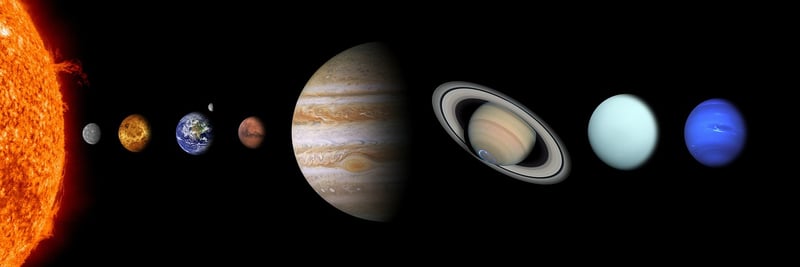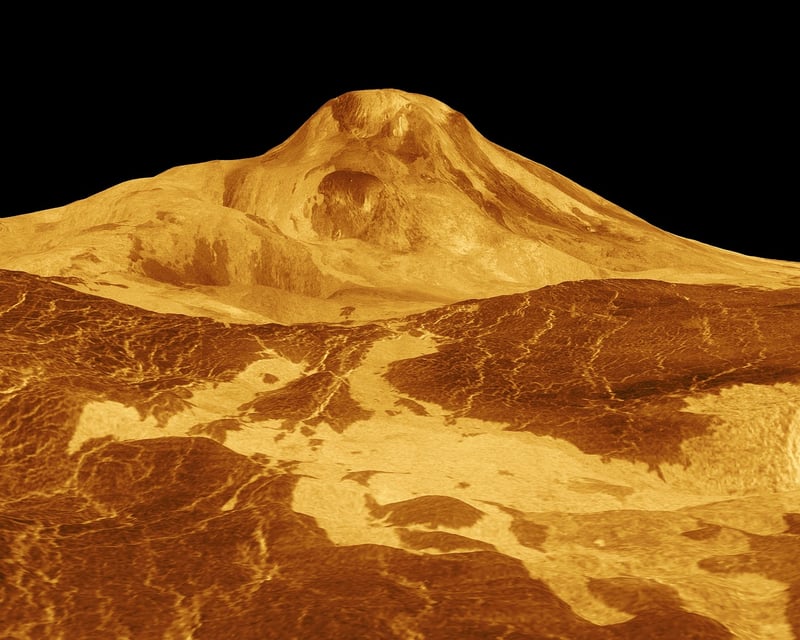Terraforming Initiatives
The Future of Human Settlement: Terraforming Initiatives
As humanity looks to the stars and envisions a future beyond Earth, the concept of terraforming has emerged as a key component in the exploration and colonization of other planets. Terraforming involves the deliberate modification of a planet's atmosphere, temperature, and ecology to make it more Earth-like and hospitable to human life.
Why Terraforming?
The idea of terraforming offers a potential solution to the challenges of limited resources and overpopulation on Earth. By transforming barren planets into habitable environments, humanity could establish new settlements and ensure the survival of our species in the long term.
Terraforming Initiatives
Several organizations and space agencies are actively researching and developing terraforming technologies to make distant planets like Mars or Venus more suitable for human habitation.
1. Mars Terraforming
One of the most prominent terraforming initiatives is focused on Mars. Scientists are exploring ways to thicken the Martian atmosphere, raise the planet's temperature, and introduce plant life to create breathable air.

2. Venus Terraforming
While Mars often steals the spotlight, some researchers are also considering terraforming Venus. Proposals include cooling the planet by shading it from the sun or removing excess carbon dioxide from its atmosphere.

Challenges and Ethical Considerations
Despite the exciting possibilities of terraforming, there are significant challenges to overcome. These include the immense technological requirements, potential ecological impacts, and ethical dilemmas surrounding the alteration of other planets.
The Future Awaits
As humanity continues to push the boundaries of space exploration, terraforming remains a concept that captures the imagination of scientists, futurists, and dreamers alike. The future of human settlement may indeed lie in the stars, shaped by our efforts to transform alien worlds into new homes for generations to come.
